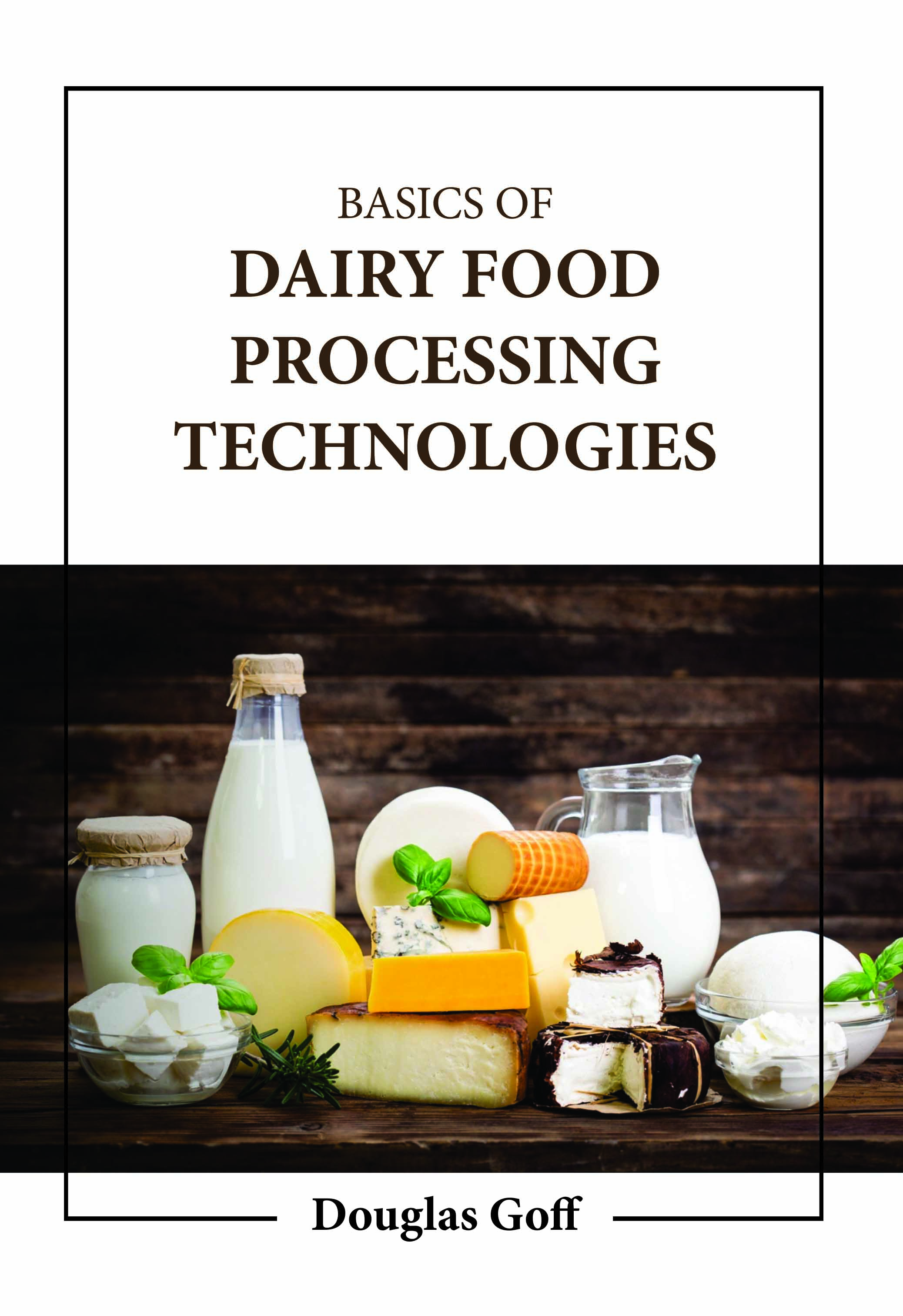
Basics of Dairy Food Processing Technologies
by Douglas Goff
| ISBN | 9781806240029 |
|---|---|
| Publisher | Digital Drive Learning |
| Copyright Year | 2026 |
| Price | $272.00 |

by Douglas Goff
| ISBN | 9781806240029 |
|---|---|
| Publisher | Digital Drive Learning |
| Copyright Year | 2026 |
| Price | $272.00 |
Dairy Technology is the non-farm, industrial phase of the enormous, dynamic dairy business. This phase combines science, engineering, business, and art in the dairy and dairy-type food sectors. Dairy products are made from or contain mammalian milk. Cattle, water buffaloes, goats, sheep, camels, and people produce them. Yoghurt, cheese, and butter are dairy products. A dairy factory makes dairy products. Most East and Southeast Asia and central Africa don't consume dairy products. Milk is produced in many classes after homogenization, pasteurization, and probable addition of Streptococcus lactis and Leuconostoc citrovorum. Cream, butter, cheese, infant formula, and yoghurt are milk products. Milk and byproducts are commonly dried to reduce weight, aid in shipping, improve shelf life, and produce a more valuable ingredient. Buttermilk, malted milk, instant breakfast, sweet cream, sour cream, butter powder, ice cream mix, cheese whey, coffee creamer, dehydrated cheese products, lactose, and caseinates are also dried. Many drying plants also churn butter. These plants use the separated cream skim milk and buttermilk. In order to minimize bacterial development and spoilage, most items are dried to less than 4% moisture. Fat-containing items lose freshness quickly because fatty acids oxidize, causing rancidity. This text covers the basic knowledge and technical breakthroughs in producing milk and milk-based products.